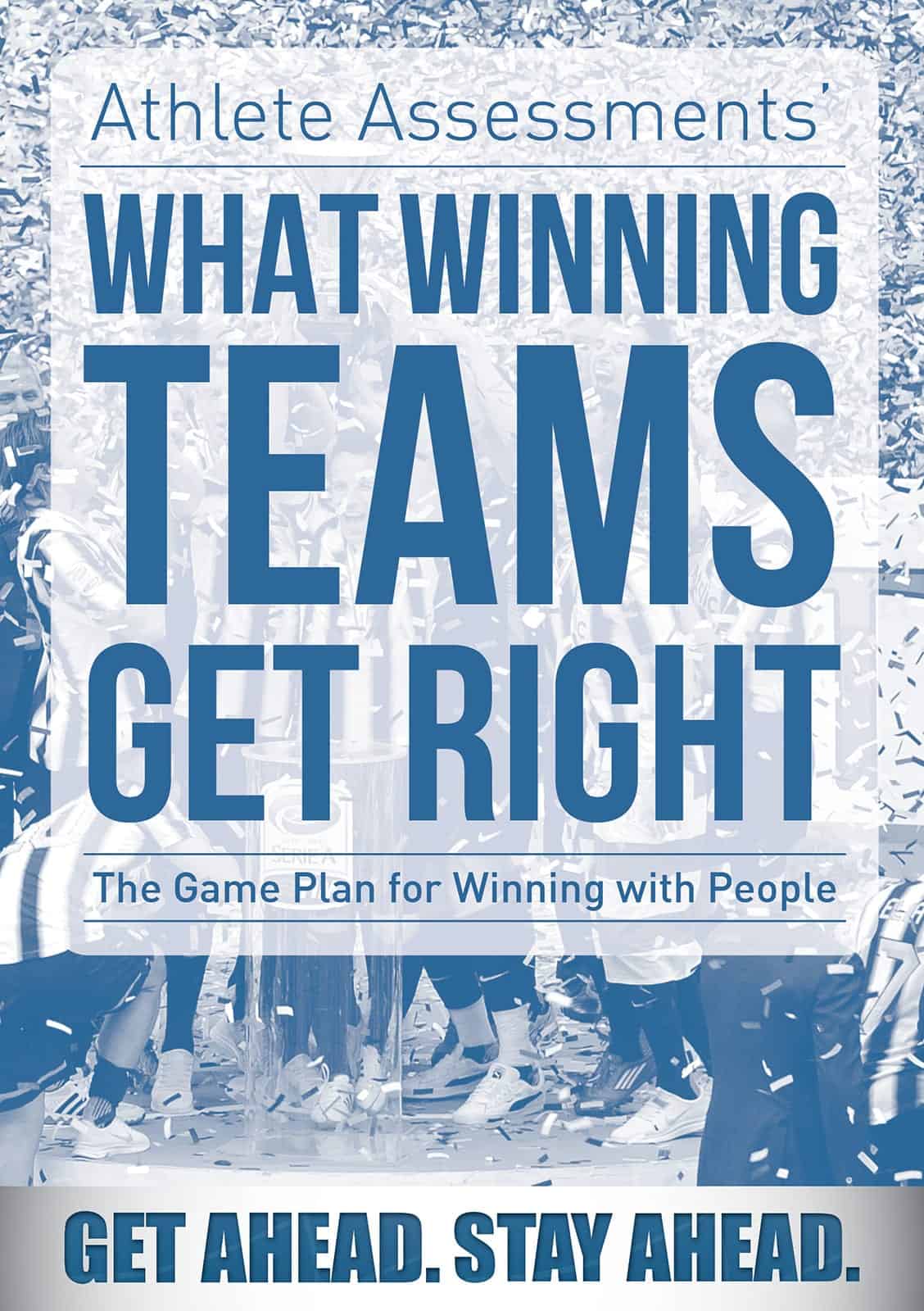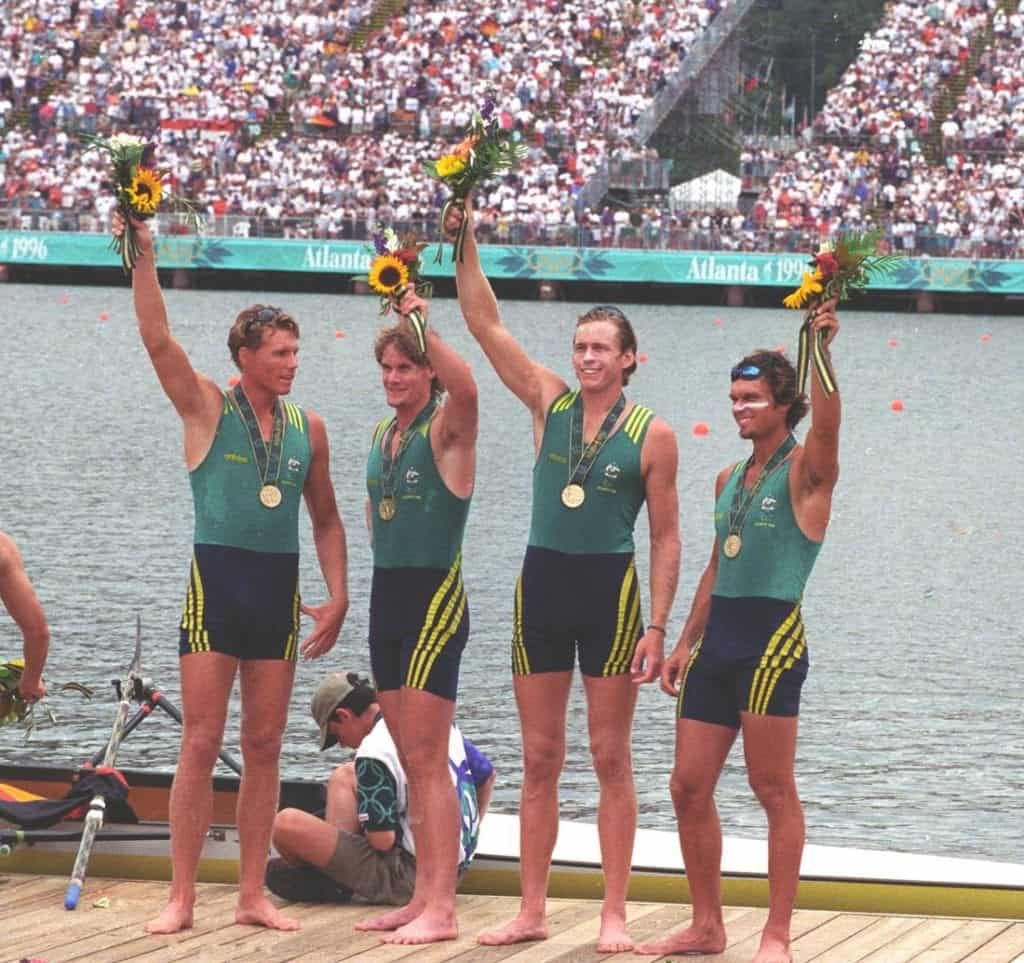A DISC case study on how we work with our personal trainer.
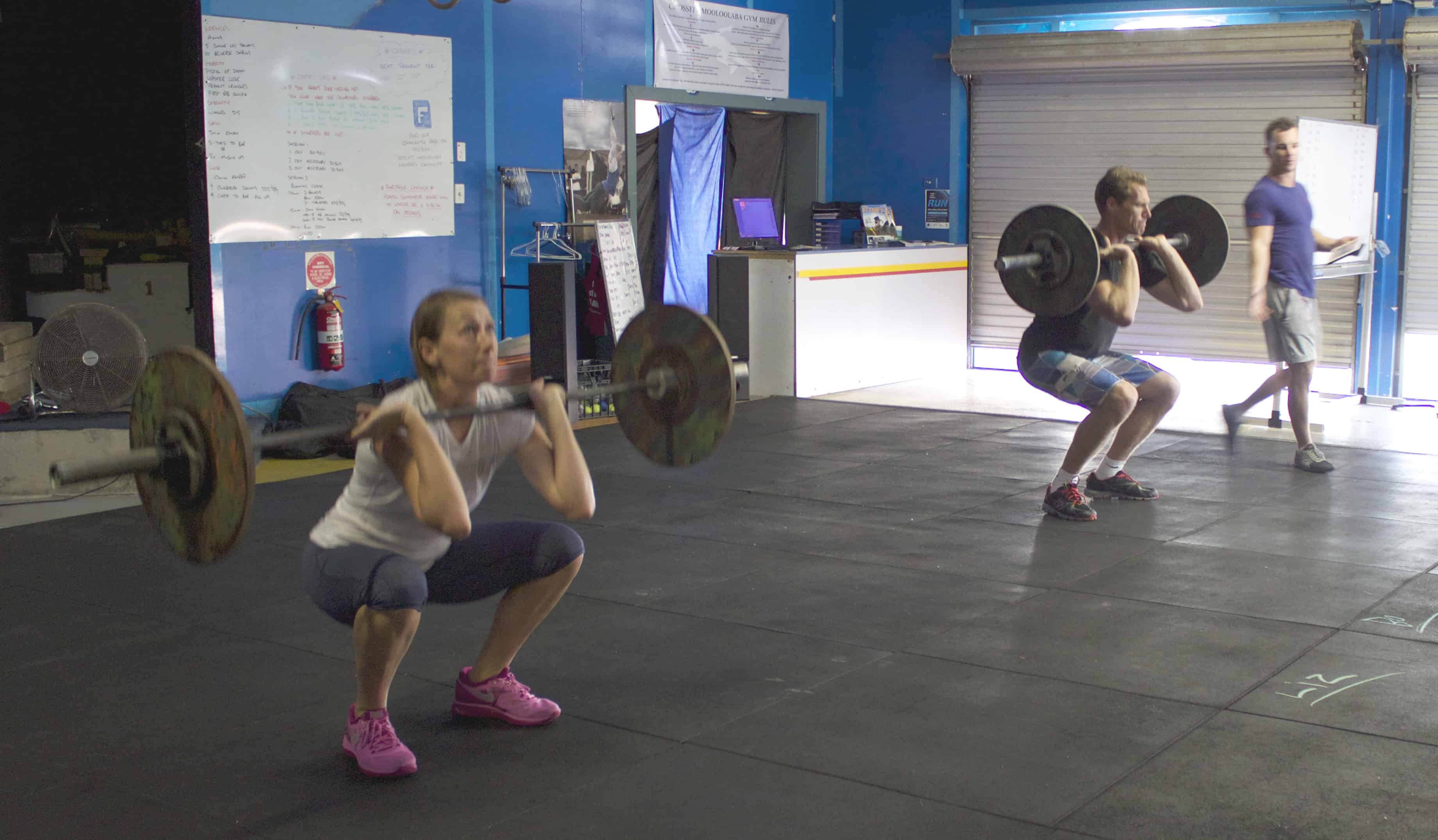
While no longer elite athletes ourselves, Bo and I still take our fitness seriously and in our two sessions a week with personal trainer, Joel Clement, we train with the intensity of top athletes (well, in our eyes at least!!). For this behind the scenes look, we demonstrate the application of DISC Profiling to our training and share more about who we are.
Before we started working with Joel, he had completed his own Athlete Assessments’ CoachDISC Profile and in sharing our AthleteDISC Profiles he knew exactly the best approaches to train us. It will come as no surprise to those who know us, we’re quite different.
Bo may have successfully transitioned through his retirement from rowing, but he’s still a steely, serious athlete when it comes to training. He constantly competes against his own best results yet balances it with a more friendly approach in the gym. I also have a strong competitive side, pride myself on my work-ethic, but bring the fun factor and good humor.
Honestly, Joel does a remarkable job in managing the two of us, meeting our individual needs and simultaneously pushing us through incredibly tough workouts. His workouts are not for the light-hearted. He knows to continue to challenge Bo while cheering me on to improve technically and physically.
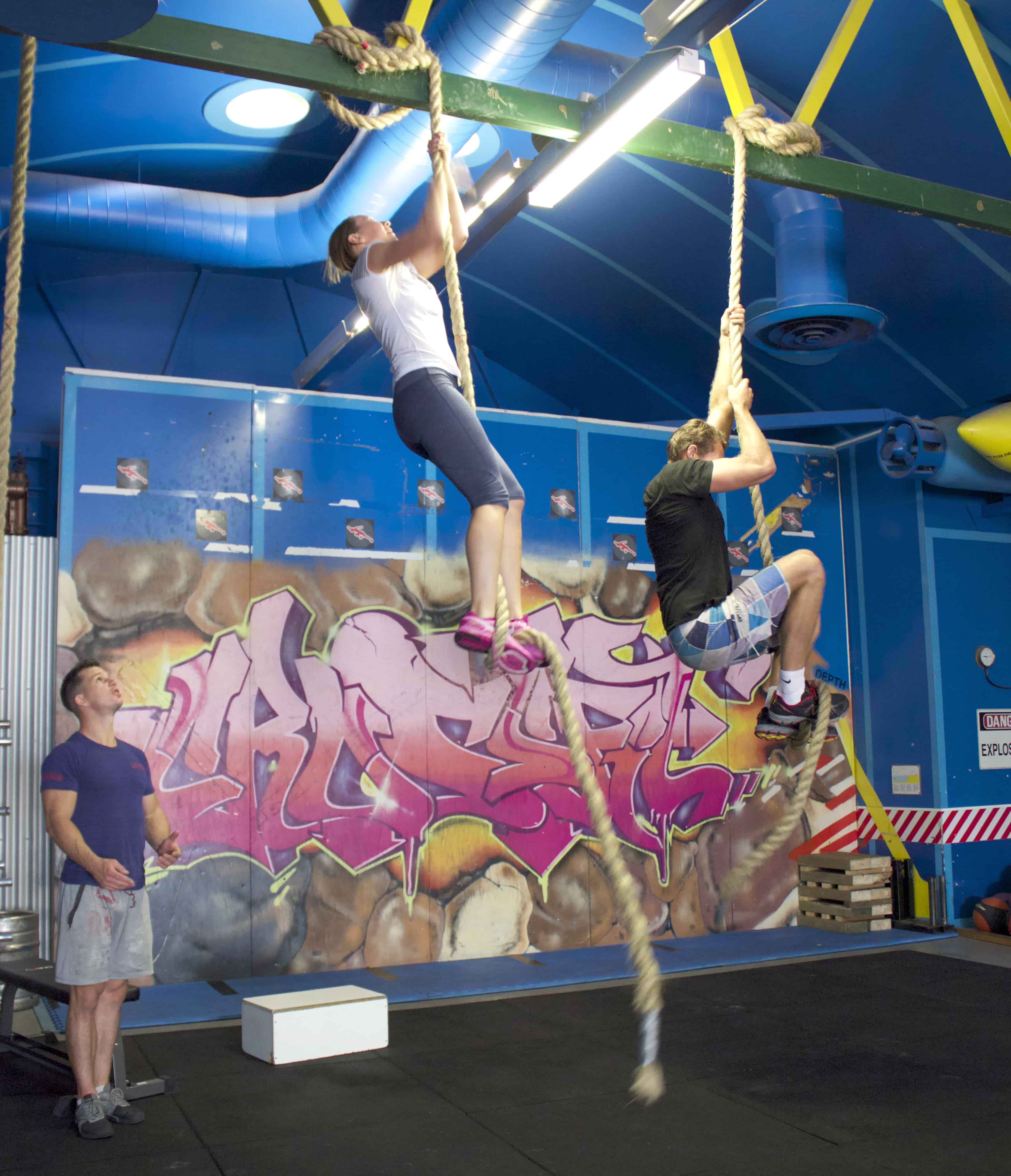 If you are not yet familiar with DISC, see here for an introduction. Within the Athlete Assessments’ DISC Reports, we identify someone’s Natural and Adapted behavioral styles in their sporting environment. This is an important distinction. There is much to learn from how someone adapts away from their Natural style in their sporting environment. What is most important about adaptations is understanding if the change improves performance or detracts from it
If you are not yet familiar with DISC, see here for an introduction. Within the Athlete Assessments’ DISC Reports, we identify someone’s Natural and Adapted behavioral styles in their sporting environment. This is an important distinction. There is much to learn from how someone adapts away from their Natural style in their sporting environment. What is most important about adaptations is understanding if the change improves performance or detracts from it
NATURAL DISC BEHAVIORAL STYLE
Your perception of the ‘real you’, what is instinctive (your default). It describes the behaviors you are most likely to exhibit when in situations you find stressful or where you can completely be yourself.
ADAPTED DISC BEHAVIORAL STYLE
The perception of how you believe you should behave in the context of your current sporting environment. This behavior may change in different environments, situations and roles. For example, it makes sense that the behavior required to be successful as a coach, could be vastly different to the behaviors required to be a contributing member of your family.
DISC STYLES ABBREVIATIONS
Capital letter(s) denote the highest measure of someone’s DISC score with the lower-case letter(s) representing a score that is above 50 but lower than the highest score(s). If the score is below 50 it isn’t noted in the DISC pattern.
Joel Clement – the Coach
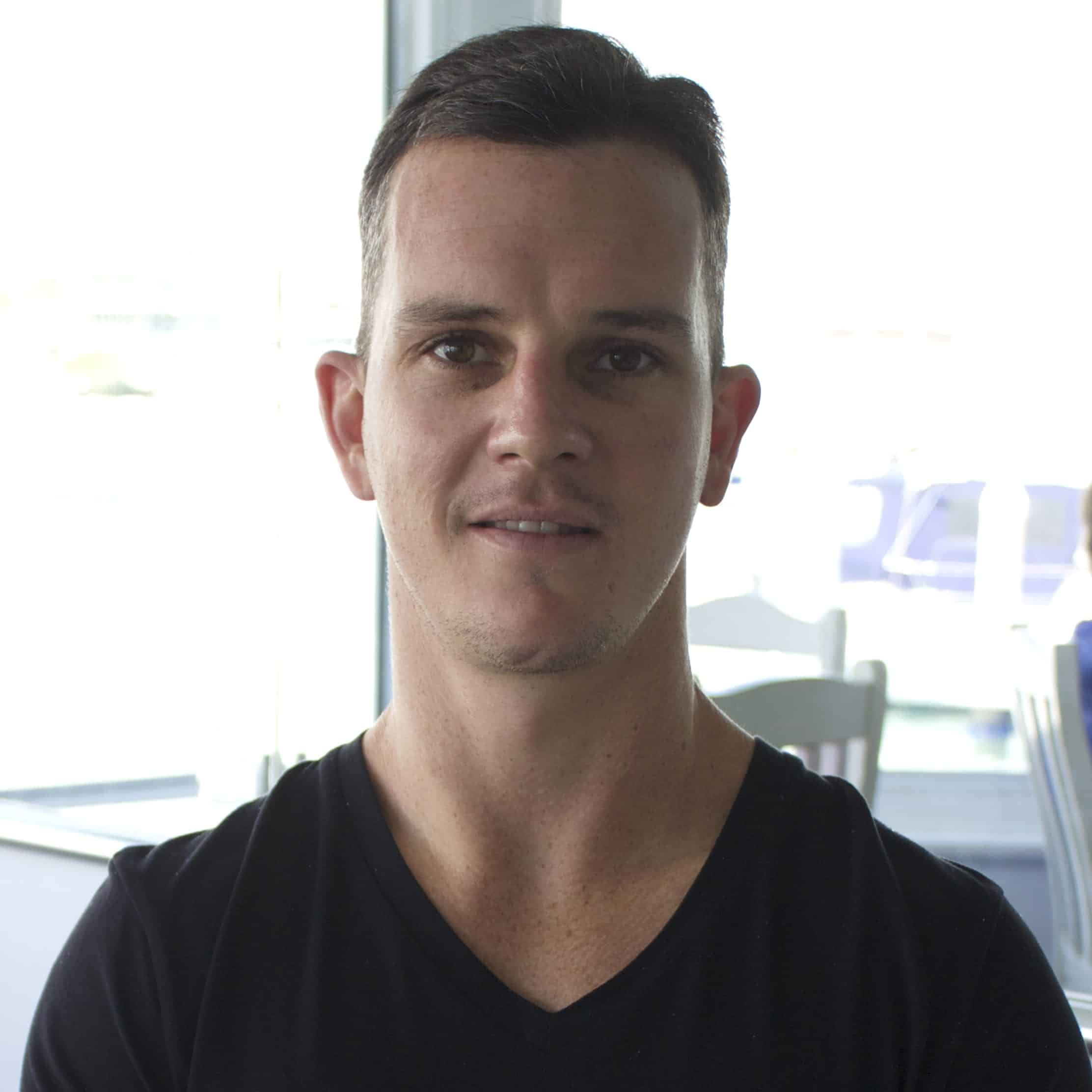 Natural Style: (Is) Joel’s high Influence score shows in his outgoing, energetic and enthusiastic nature, often laughing and enjoying the moment. He is a confident communicator and takes an interest in people. The above 50 Steadiness score, reflects his priority on relationships, teamwork and supporting others. Scores around 40 in both Dominance and Conscientious, mean that the behaviors of D and C are present, but not as intense or frequent as the I and S behaviors.
Natural Style: (Is) Joel’s high Influence score shows in his outgoing, energetic and enthusiastic nature, often laughing and enjoying the moment. He is a confident communicator and takes an interest in people. The above 50 Steadiness score, reflects his priority on relationships, teamwork and supporting others. Scores around 40 in both Dominance and Conscientious, mean that the behaviors of D and C are present, but not as intense or frequent as the I and S behaviors.
As the Coach: (Adapted Style is Id) While Joel becomes more directive, assertive and results focused (increase in D), he still primarily relies on inspiration and a motivating way (increase in I) when coaching. His workouts often race the clock, requiring a faster pace (decrease in S). Joel also puts emphasis on correct form and uses structured sessions (increase in C).
‘The Switch’: Joel switches between being the inspiring style of coach (giving encouragement and praise) to being the directing style in training, and back again. This combination of styles allows him to use his strong people-skills, while keeping high standards. He never gives a ‘rep for free’ nor worries about hurting our feelings if he needs us to redo a movement when we are tired.
Bo Hanson – the Athlete
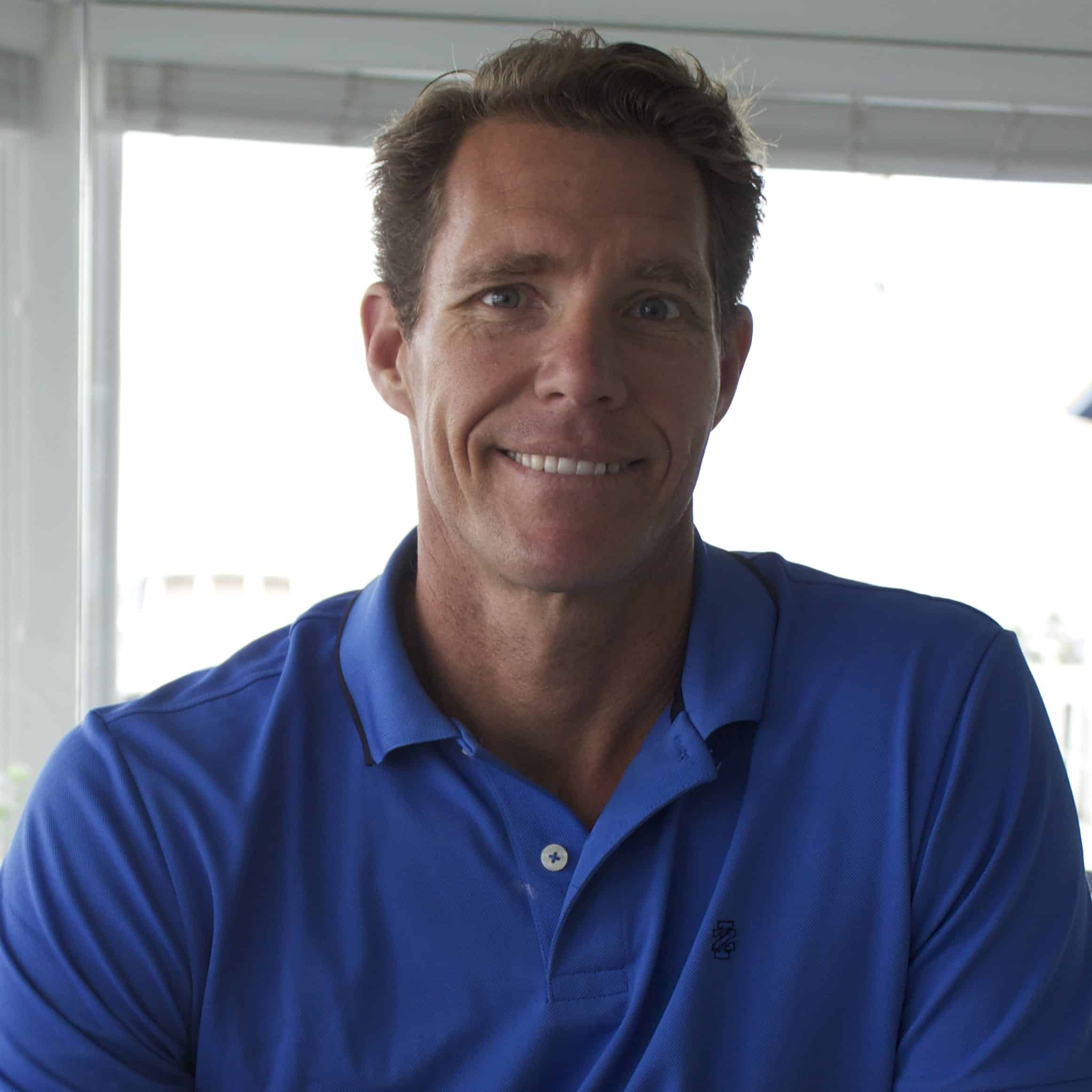 Natural Style: (Dsc) Bo’s high D reflects his focus on results, love of challenges and drive to be his best. His very low I means he is reserved and naturally an introvert. With his moderate S, he likes certainty in his environment and relationships around him to be harmonious. Being mid-range in C, he has a concern for doing things correctly but his high D will always prioritize getting things done.
Natural Style: (Dsc) Bo’s high D reflects his focus on results, love of challenges and drive to be his best. His very low I means he is reserved and naturally an introvert. With his moderate S, he likes certainty in his environment and relationships around him to be harmonious. Being mid-range in C, he has a concern for doing things correctly but his high D will always prioritize getting things done.
As an Athlete: (Adapted Style is D) Bo is consistent with his drive for results and respect for the quality of effort (no change in D and C). In sport, he increases his interaction with others, is more encouraging and friendly (increase in I). He trades the stability of the S for being faster-paced and giving direct feedback to improve performance. As an experienced athlete, Bo has learned to encourage others to achieve results. For a high D this is critical and can be a major limitation for younger athletes who over-direct their team members.
‘Steely, strong and all-business’: Bo’s strongest competitor is himself, always striving to reach a new level. Joel once said that a ‘decent score’ for holding a certain exercise was 5 minutes. This set Bo the challenge and he held on to beat it. Bo constantly sets and drives high standards.
Liz Masen – the Athlete
 Natural Style: (ID) High D and I show through in my extremely fast pace, directness, independence and desire to take control through my ability to influence. I bring energy, look for the positive and can be charming. I not only want results, but I also want to be recognized for them. In combination with the low S and C, I love change and variety, find formal structures constraining.
Natural Style: (ID) High D and I show through in my extremely fast pace, directness, independence and desire to take control through my ability to influence. I bring energy, look for the positive and can be charming. I not only want results, but I also want to be recognized for them. In combination with the low S and C, I love change and variety, find formal structures constraining.
As an Athlete: (Adapted Style is Id) I moderate my need for control, will take direction (most of the time!) and become much more compliant (decrease in D). I am more respectful of rules, structure and being technically correct (increase in C). While maintaining my high energy, fun side and enthusiasm, I respond well to encouragement and praise (no change in I). You will hear my voice (and sounds!) much more in training than Bo’s.
‘Fun yet Feisty’: You will often find me laughing about something (usually my own jokes, which Bo doesn’t find funny) or having off topic conversations, yet I still have a feisty competitiveness when I need to focus. As an experienced athlete, refocusing is a skill I have learned. Less mature high I athletes find ‘switching back on’ harder, making their I score their major limitation.
This article was featured in People+Sport Magazine: Team Success Edition.
At Athlete Assessments, we’re here to provide you with excellence in service and to help you be your best. If there is anything we can assist you with, please Contact Us.


